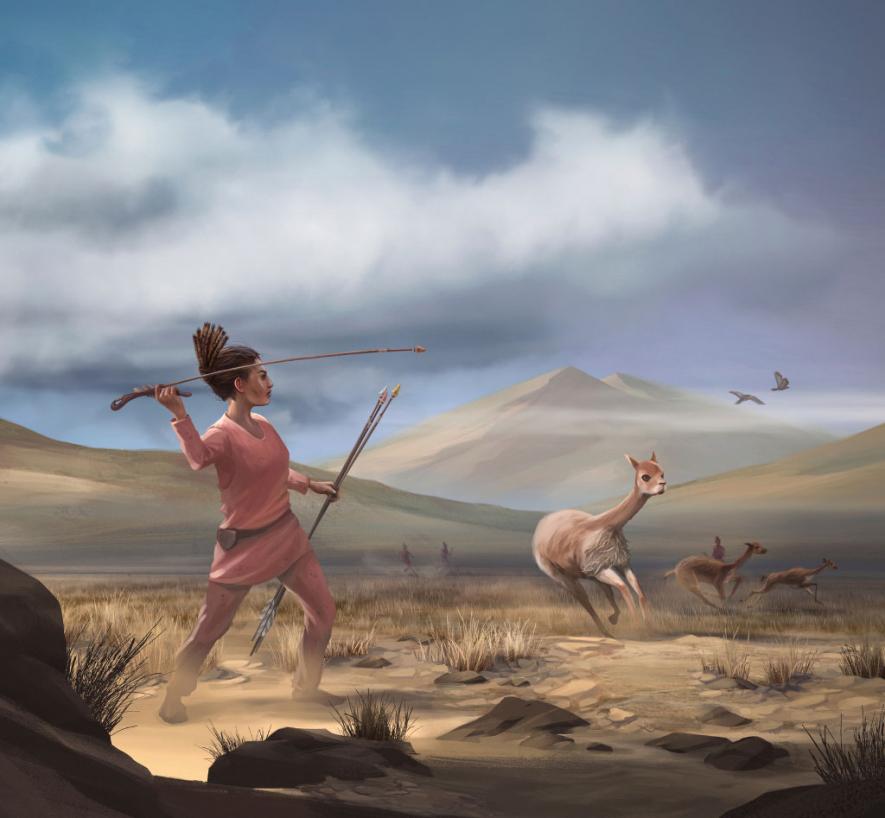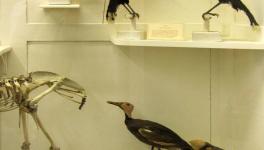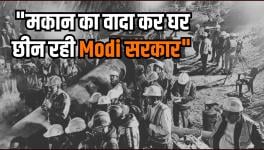Females Hunted Equally in Prehistoric Times, Reveals New Study

Image Courtesy: National Geographic
One common assumption in anthropology about prehistoric humans is that males were the hunters and females were gatherers in hunting gathering societies. This also reflects the assumptions about gender roles even in the prehistoric time. But a new study challenges this notion.
The study published in Science Advances excavated burial remains from the Andean Highlands of North America. The burial remaining was that of a woman aged approximately between 17 to 19 years. The burial material included stone projectile points and tools used for animal processing. In a word, a hunting tool for a big-game hunt.
The woman’s grave was found at the Wilamaya Patxja site situated in Peru along with 26 others’ graves. Although the remains of the grave was poor, the researchers could recover parts of her skull, teeth and bones of the legs. Next to the skeletal remains of the woman, they found six stone projectiles, 24 other stone artefacts. Out of the 24 stone artefacts, 20 were highly concentrated and were stacked in a pile just above a thigh bone of the woman. This suggests that the items were deliberately buried along with the woman as grave goods.
They also found a male of age between 25 to 30 years next to that of the woman’s. These also suggest that they belonged to the earliest known hunter burials in the area, North America.
Radiocarbon dating showed that the people were buried in the Wilamaya Patjxa site some 9,000 years ago, during the early Holocene. Dental analysis and an analysis done on bone structure confirmed the ages at the time of death and the sex of the individuals. Further analyses also showed that they were meat eaters, indicating their role as hunters.
The stone projectiles recovered were most probably used for taking down large animals and the stone knives and other tools were used for removing internal organs and scrapping of the animals hunted.
The authors of the paper, led by anthropologist Randall Haas, who is also the lead author of the study, performed subsequent review of archaeological literature to look for similar examples that could have been buried. They found several other examples in which women were buried alongside hunting gear, probably used for big-game hunts.
These findings have thrown the preconceived notion about gender role in hunting and gathering in prehistoric times into doubt. This also shows that hunting in those times were more of a gender neutral phenomenon. This presumption could be considered as a classic case of sexism in science, according to the authors.
Haas commented in a press release of Science Advances, “Our findings have made me rethink the most basic organisational structure of ancient hunter-gatherer groups, and human groups more generally. Among historic and contemporary hunter-gatherers, it is almost always the case that males are the hunters and females are the gatherers. Because of this—and likely because of sexist assumptions about division of labour in western society—archaeological findings of females with hunting tools just didn’t fit prevailing worldviews. It took a strong case to help us recognise that the archaeological pattern indicated actual female hunting behaviour.”
The team reviewed 429 of accounts representing burials from 107 sites in North and South America that date back to the late Pleistocene and early Holocene period. In total, they could find 27 examples of people buried with their hunting gears and out of these 16 were males and 11 females.
“The sample is sufficient to warrant the conclusion that female participation in early big-game hunting was likely nontrivial—greater than the trace levels of participation observed among ethnographic hunter-gatherers and contemporary societies,” the authors wrote in their paper.
Taking into account all the facts enumerated by the team, one reaches the conclusion —archaeologists were quite well aware of the past burials and the fact that females were also hunters, but it was either not highlighted or dismissed.
Get the latest reports & analysis with people's perspective on Protests, movements & deep analytical videos, discussions of the current affairs in your Telegram app. Subscribe to NewsClick's Telegram channel & get Real-Time updates on stories, as they get published on our website.
















